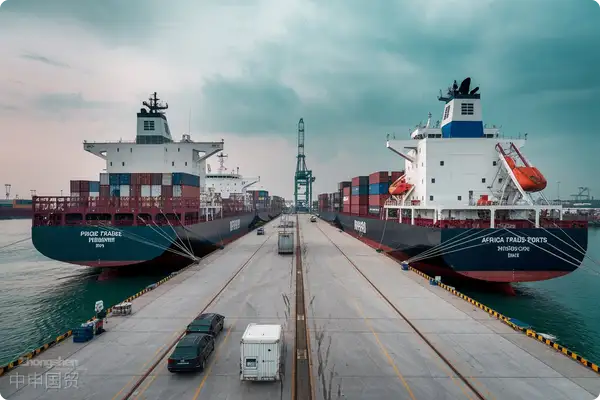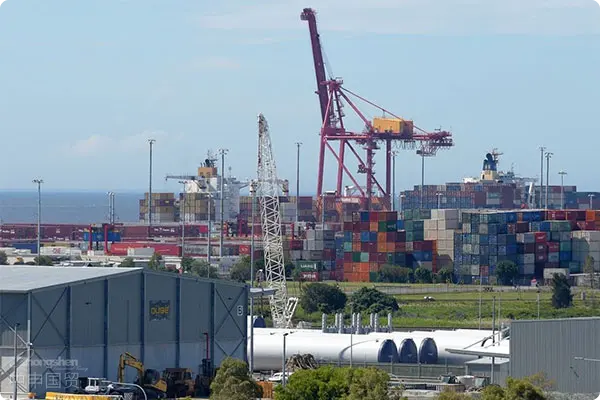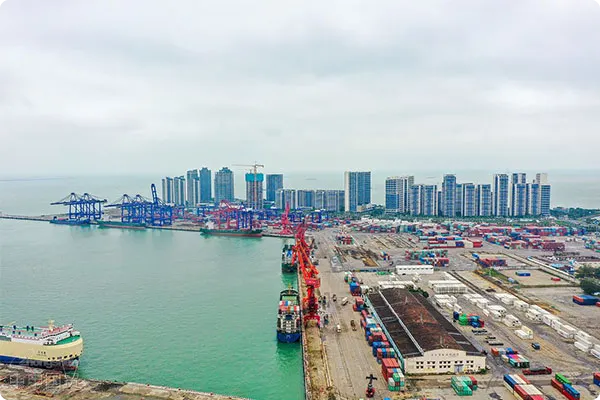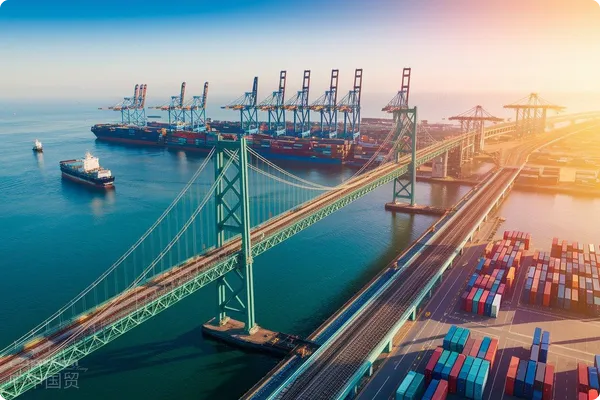- Shanghai Zhongshen International Trade Co., Ltd. - Two decades of trade agency expertise.
- Service Hotline: 139 1787 2118
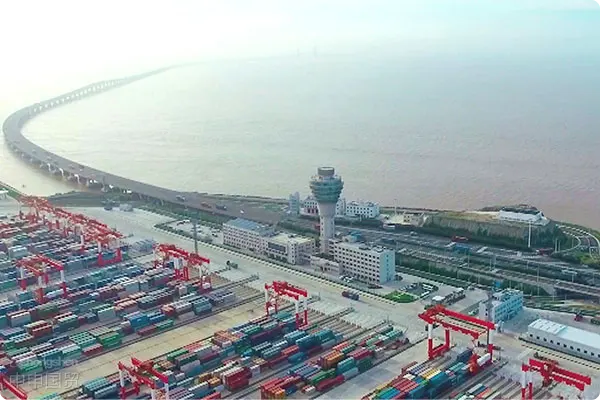
Export DrawbackFor export enterprises, this is an important policy benefit that can effectively reduce costs and enhance competitiveness. However, the operation of export tax rebates involves multiple steps and complex procedures. Export tax rebate agencies, leveraging their professional expertise and experience, can assist enterprises in successfully completing export tax rebate procedures. This article will provide a detailed analysis of the operational steps involved in export tax rebate agency services, including entrusting an agency, document preparation, customs declaration, and tax rebate application.
I. Entrusting an Agency
Selecting an Agency
When an enterprise decides to seek export tax rebate agency services, the first step is to carefully select an agency. It is essential to evaluate the agencys qualifications, such as whether it possesses a valid business license and is registered with customs and tax authorities. Additionally, the agencys professional capabilities and reputation should be assessed by reviewing past successful cases and client feedback. For example, an agency with years of experience in export tax rebate services and positive client reviews is often more trustworthy.
Signing an Agency Agreement
After selecting an agency, both parties must sign an agency agreement. The agreement should clearly define the rights and obligations of both parties, including the scope of services, fee structure, and confidentiality clauses. For instance, the agreement should specify the agencys responsibilities, such as customs declaration and tax rebate application. Regarding fees, they may be charged as a percentage of the rebate amount, and any additional costs should be clearly stated. Confidentiality clauses ensure that the enterprises commercial information, such as export product prices and client details, remains protected.
II. Document Preparation
Collecting Basic Documents
The agency will assist the enterprise in gathering various basic documents. The first is the customs declaration form for the exported goods, which must accurately include details such as the product name, specifications, quantity, and value. Next is the value-added tax (VAT) special invoice, where the information must match the customs declaration form and the actual exported goods. Additionally, the export verification form (simplified in some regions but still requiring relevant electronic information) serves as proof that the enterprise has received foreign exchange.A complete export agency agreement should be attached with:Organizing Other Relevant Documents
Beyond the basic documents, other relevant documents may be required. For example, transportation documents such as bills of lading or waybills can verify the shipments status. For special goods, additional permits or inspection certificates may be necessary. The agency will meticulously review these documents for completeness and accuracy to ensure compliance with export tax rebate requirements.
III. Customs Declaration
Completing and Submitting the Customs Declaration Form
The agency will accurately complete the customs declaration form based on the enterprises product information. During this process, strict adherence to customs regulations is essential, such as correctly classifying goods under the Harmonized System (HS) code, which affects tariff rates and rebate rates. Once completed, the declaration is submitted to customs via electronic ports or designated systems.
Customs Review and Clearance
Customs will review the declaration form and accompanying documents. If approved, the goods will be cleared. The agency must closely monitor the review status and promptly address any issues, such as discrepancies or concerns about the goods, by providing supplementary materials to ensure smooth customs clearance.
IV. Tax Rebate Application
Data Entry and Verification
After customs procedures are completed and the goods are exported, the agency begins the tax rebate application process. This involves entering relevant data, such as customs declaration and VAT invoice details, into the tax rebate system. The data must be carefully verified to ensure consistency between the export amounts and quantities on the declaration form and the invoice.
Submission and Tax Authority Review
Once verified, the agency submits the tax rebate application to the tax authorities. The authorities will review the data for authenticity and logical consistency. During this process, the agency must cooperate fully, providing additional explanations or original documents if required. If approved, the tax authorities will calculate the rebate amount based on the applicable rate and process the rebate.
The export tax rebate agency process involves multiple steps, from entrusting an agency to document preparation, customs declaration, and tax rebate application, each requiring precision. Agencies play a crucial role in providing professional guidance and execution throughout. As international trade environments and policies evolve, export tax rebate procedures must continually adapt to new requirements, ensuring enterprises fully benefit from the policy.
Conclusion
Comprehensive Analysis of Export Tax Rebate Agency Procedures
Related Recommendations
? 2025. All Rights Reserved. 滬ICP備2023007705號-2  PSB Record: Shanghai No.31011502009912
PSB Record: Shanghai No.31011502009912

